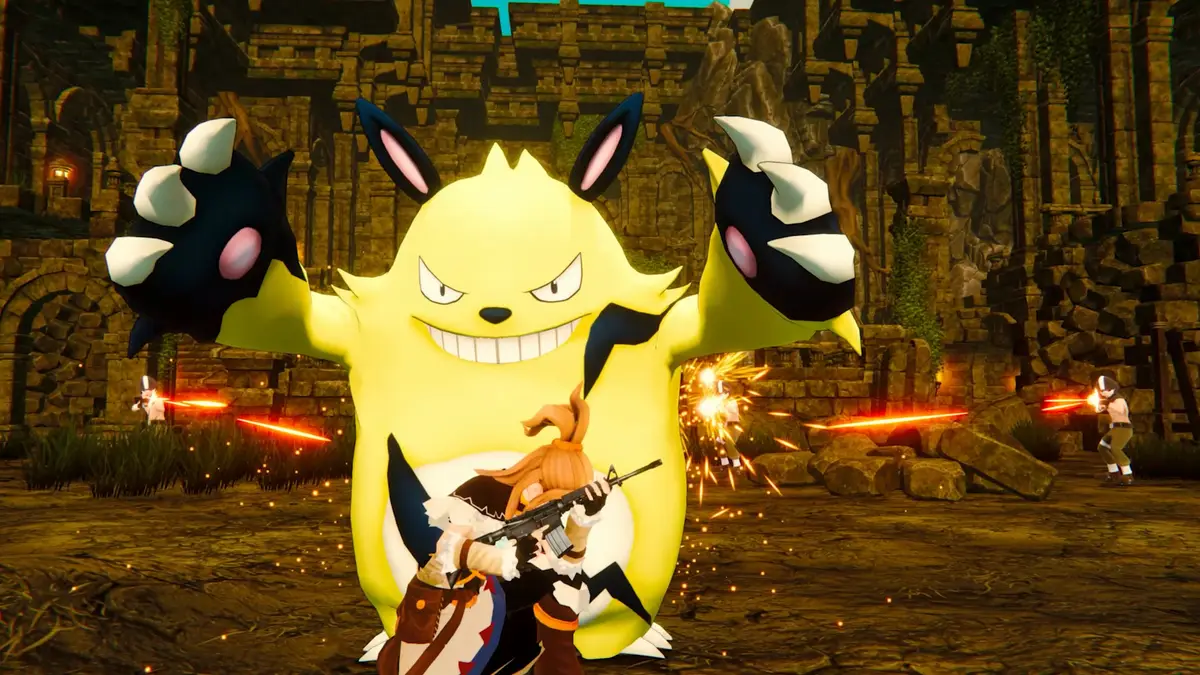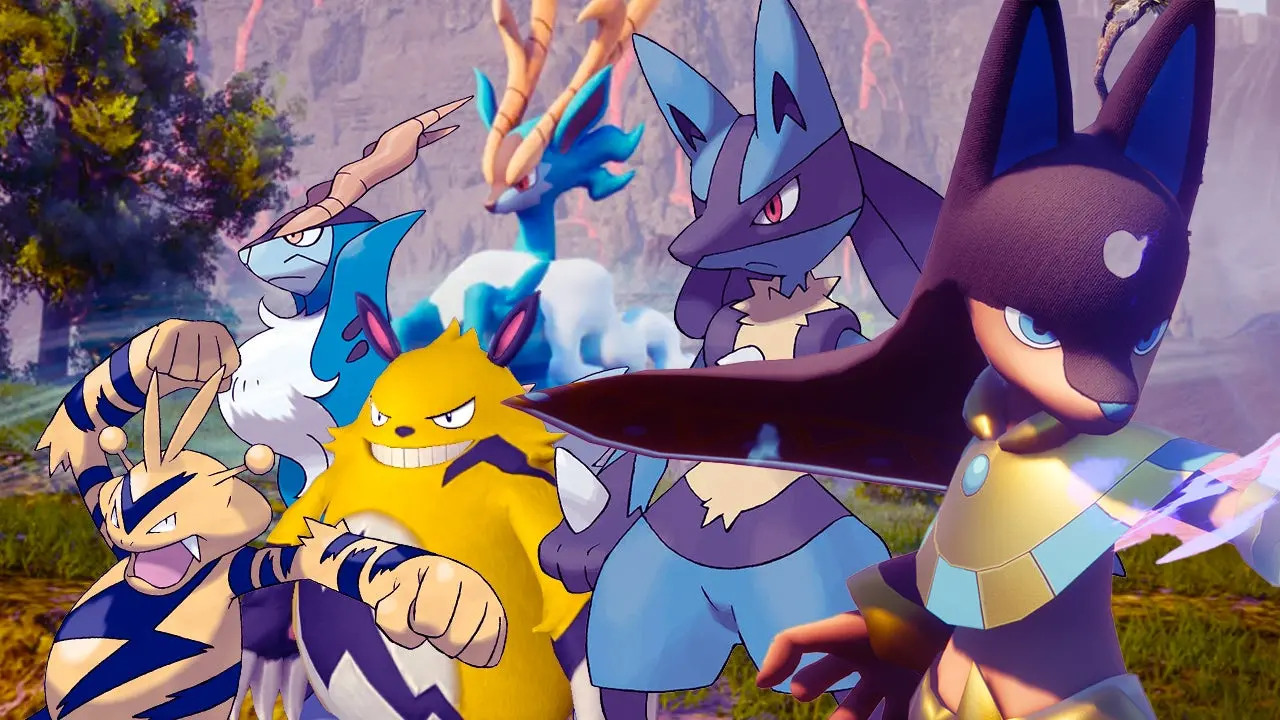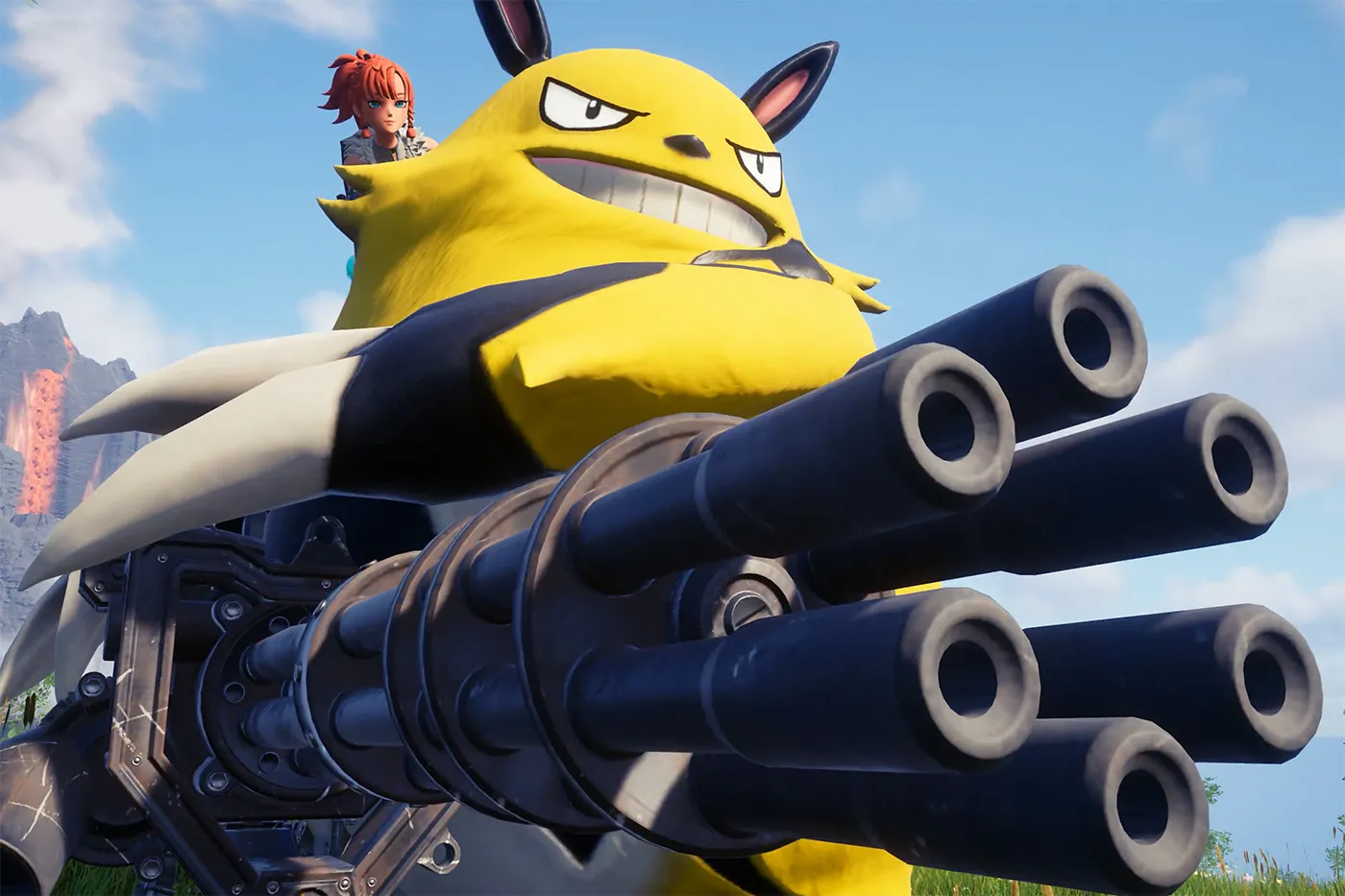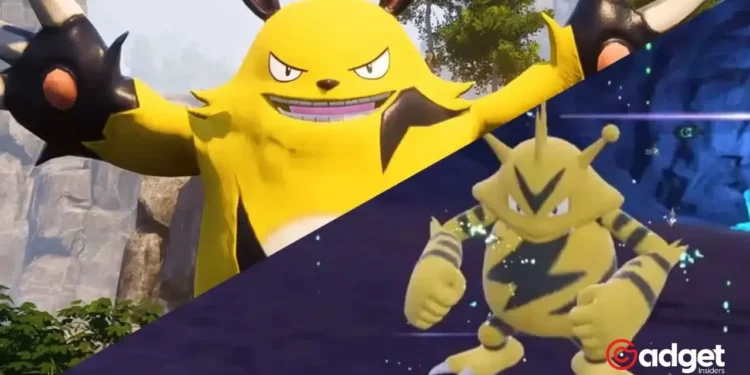In the ever-evolving realm of video games, Palworld, the new title often came along and captured the imagination of the masses, sparking conversations, controversies, and, of course, a surge in downloads. Palworld is a game that has not only shattered records on Steam but has also ignited a firestorm of debates across various platforms, particularly Twitter.
This piece delves into the intricate details of Palworld’s success, its controversial elements, and the looming shadow of copyright infringement allegations that have stirred the gaming community.
Palworld: A Storm of Downloads and Discussions
Palworld, a monster-collection-base-defence-crafting mash-up, has quickly become a sensation with an impressive 8 million downloads in under a week. It’s the game everyone is talking about – for both good and controversial reasons. At its core, Palworld offers a unique gaming experience where players capture creatures known as ‘Pals.’ These Pals can fight, work, and even assist in material collection for crafting items and building bases.
The twist? They do so with an arsenal that includes guns, adding a layer of intensity to the creature-capture mechanic. The game’s rapid rise in popularity is evident in its record-breaking achievement on Steam, where it became the second game in the platform’s history to surpass 2 million concurrent players. This success story, however, is not without its complexities.

Palworld: Twitter’s Mixed Bag of Opinions
While Palworld has amassed a legion of fans, it has not escaped criticism, particularly on Twitter. Accusations range from depicting slavery and animal cruelty to allegations of using artificial intelligence for generating Pals and, most notably, claims of blatantly stealing character designs from the iconic Pokémon franchise. These debates have led to a divided opinion, with some calling for a boycott of the game.
Despite the Twitter turmoil, Palworld continues to thrive, suggesting that the platform’s influence might not be as decisive as it appears. This disparity between social media outrage and real-world success raises important questions about the impact of online discourse on actual consumer behavior.
The Heart of the Controversy: Copyright Infringement Claims
The most intriguing and potentially consequential aspect of the Palworld saga is the claim of copyright infringement against Pokémon. At first glance, both games share the concept of capturing creatures, but the similarities seemingly end there. Palworld introduces a more complex and diverse gameplay, with creatures that engage in combat using firearms and perform various practical tasks.

The controversy intensifies when comparing the character designs of Pals to Pokémon. Several articles and discussions point out striking resemblances between certain characters, fueling further debate and speculation about potential legal actions from Nintendo, one of the stakeholders in Pokémon’s intellectual property.
Legal Perspectives and Potential Outcomes
Addressing the question of copyright infringement is not straightforward. The video game industry often sees a significant amount of concept borrowing, and copyright law primarily protects the expression of an idea rather than the idea itself. This distinction is crucial when considering the unique gameplay elements of Palworld and the historical context of monster-catching games.
I can't believe Atlus would resort to copyright infringement
That is clearly Sandygast from Pokémon Sun and Moon!
First Palworld, now this, Nintendo's lawyers are going to be busy 👀 pic.twitter.com/5kQKzFNRay
— Riley (@TheVioletNexus) February 4, 2024
potential response to these allegations is a subject of much speculation. Factors such as the complexity of proving character copyright infringement, the varying degrees of similarity between Pals and Pokémon, and the legal logistics of pursuing action in a specific forum all play a role in the potential outcome.
Moreover, the possibility of a parody exception and the strategy of negotiating licensing agreements or partnerships instead of litigation are considerations that could influence Nintendo’s decision.
Conclusion: The Power of Consumer Choice
As the debate rages on, one clear takeaway emerges: the power of consumer choice. Despite the controversies and Twitter storms, the success of Palworld underscores the fact that if a game is enjoyable and captures the imagination of players, it will find its audience.
For Nintendo, the decision of whether to pursue legal action against Palworld’s makers is a complex one, encompassing legal, strategic, and reputational considerations. As for the players, the excitement of new gaming experiences continues, with games like Palworld offering fresh and innovative adventures in the digital landscape.
“The game’s rapid rise in popularity is evident in its record-breaking achievement on Steam, where it became the second game in the platform’s history to surpass 2 million concurrent players.” “Despite the Twitter turmoil, Palworld continues to thrive, suggesting that the platform’s influence might not be as decisive as it appears.”

“Nintendo’s potential response to these allegations is a subject of much speculation. Factors such as the complexity of proving character copyright infringement, the varying degrees of similarity between Pals and Pokémon, and the legal logistics of pursuing action in a specific forum all play a role in the potential outcome.”
As the conversation around Palworld evolves, one thing is certain: the gaming world is never short of surprises, controversies, and groundbreaking developments. As for me, I’m off to explore the realms of Baldur’s Gate 3 – a sorcerer or a wizard, that is the question. Meanwhile, the gaming community eagerly awaits the next chapter in










